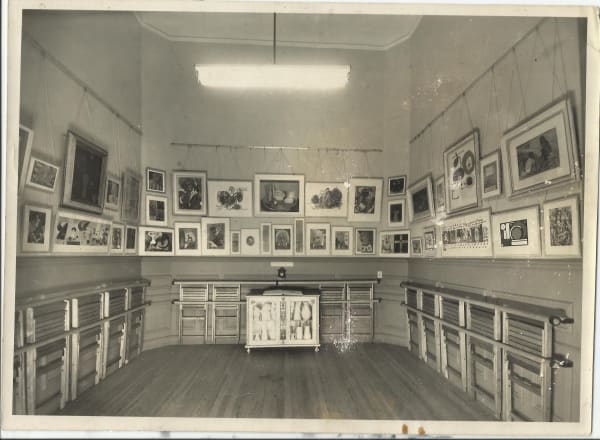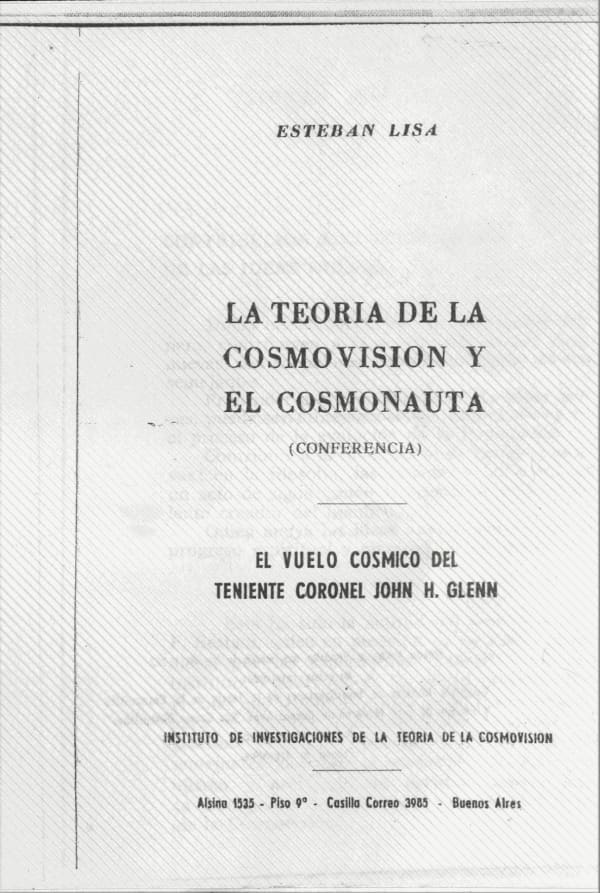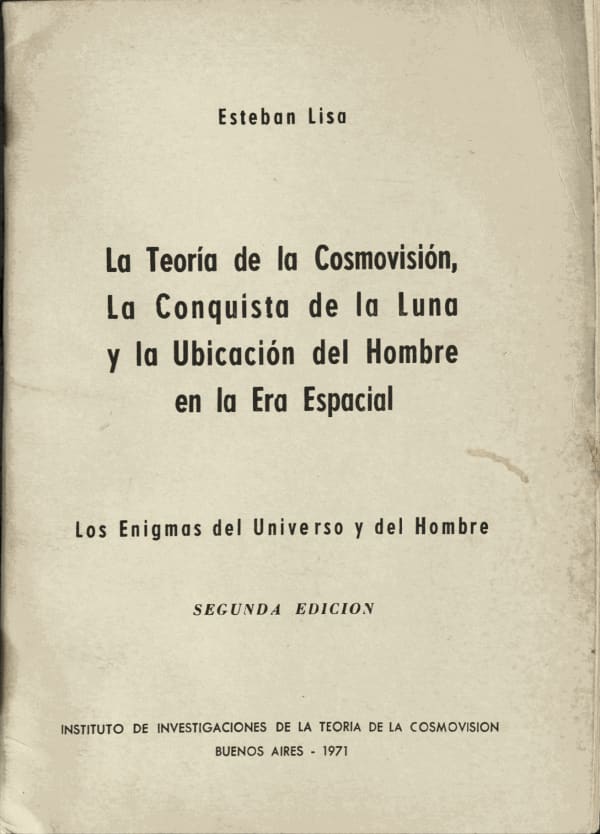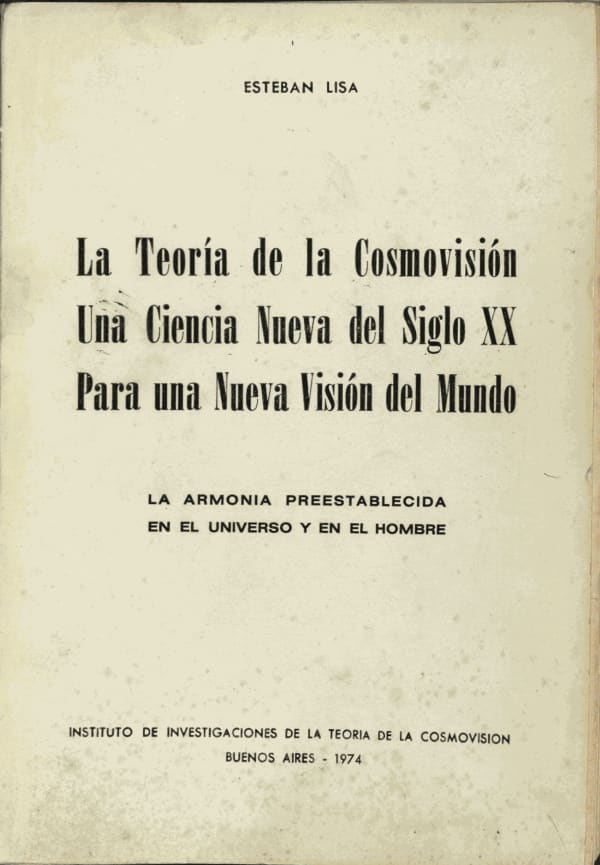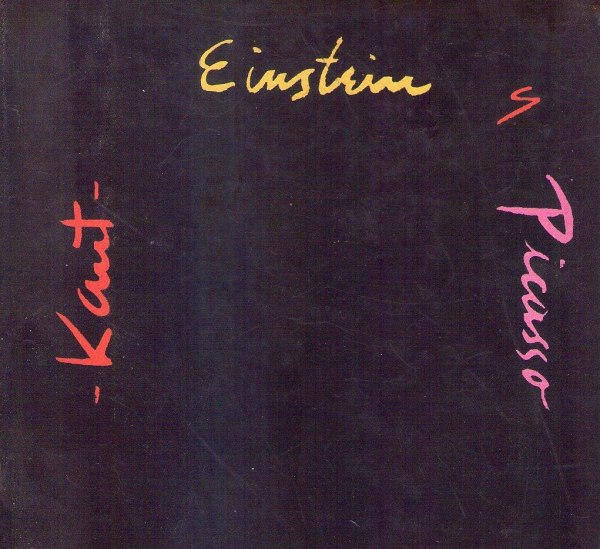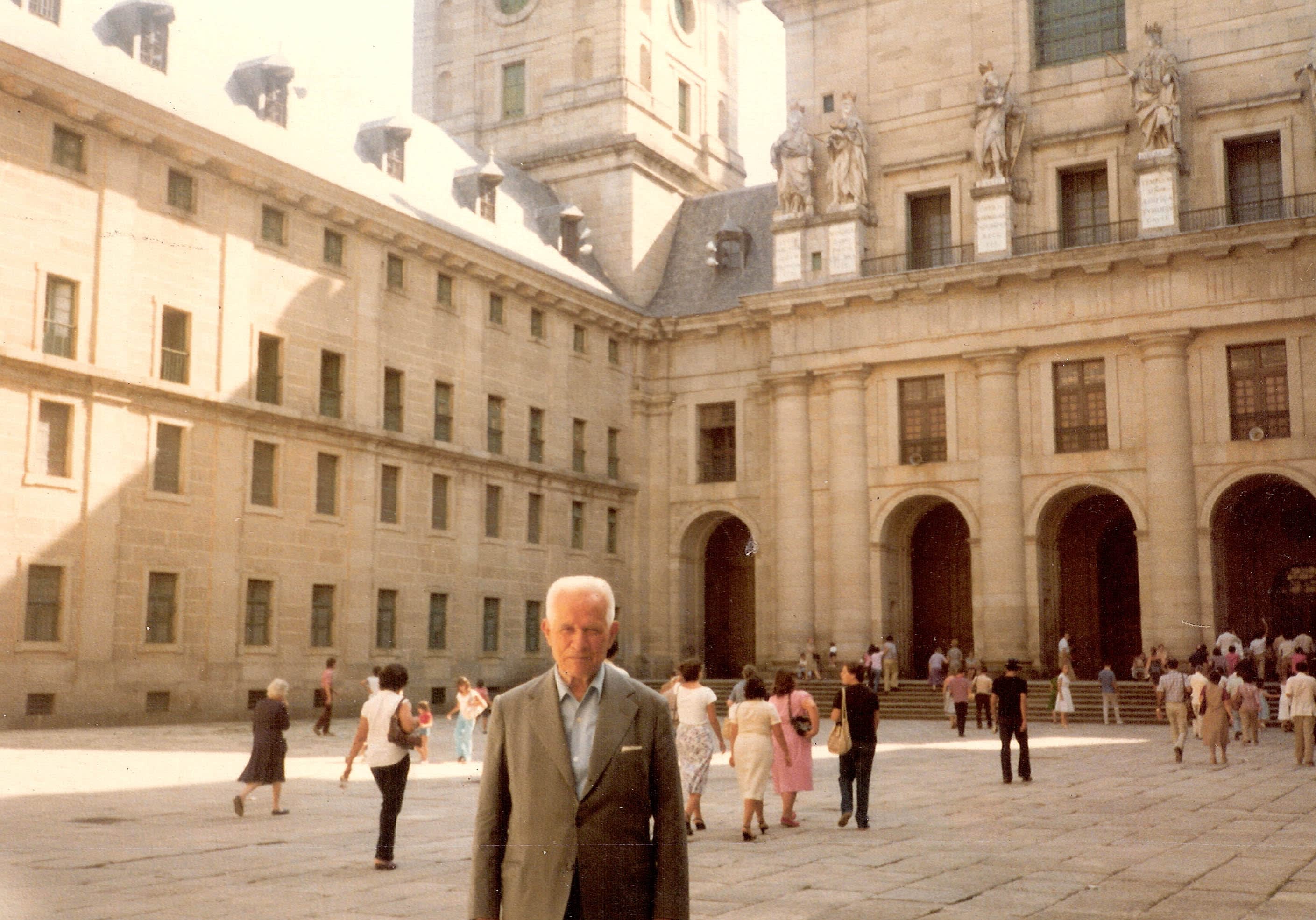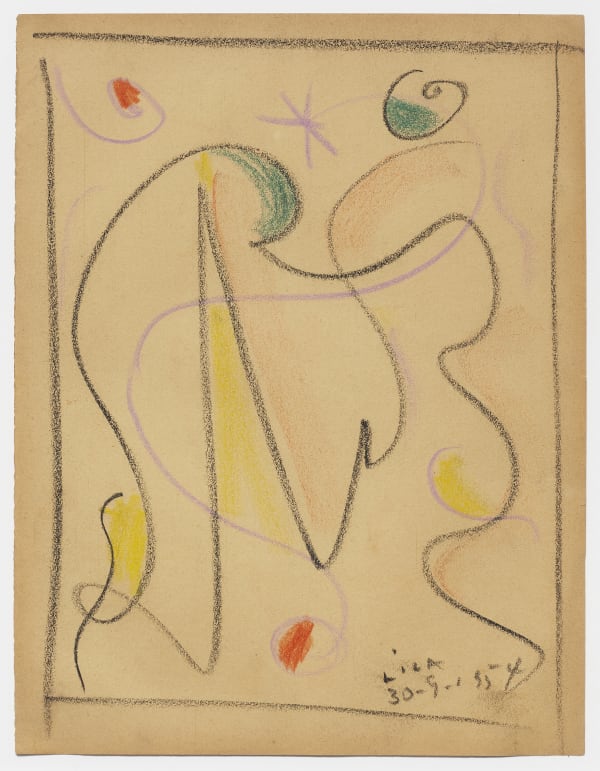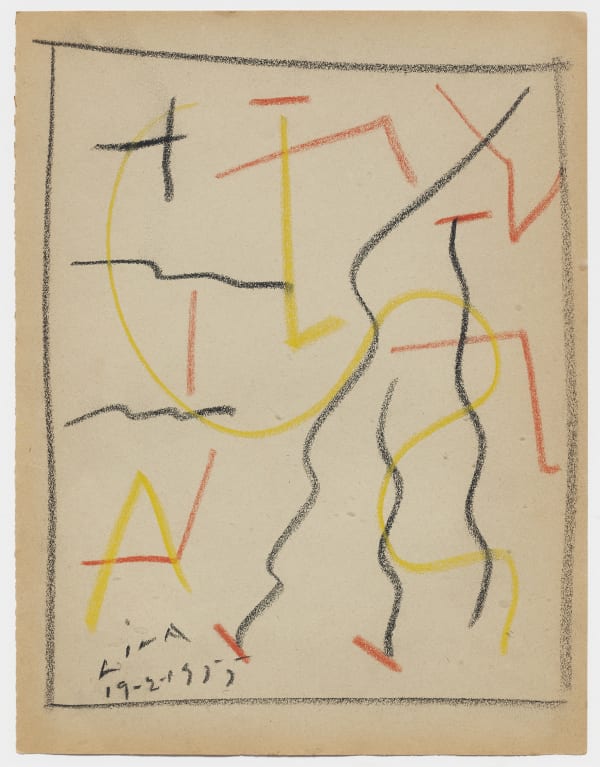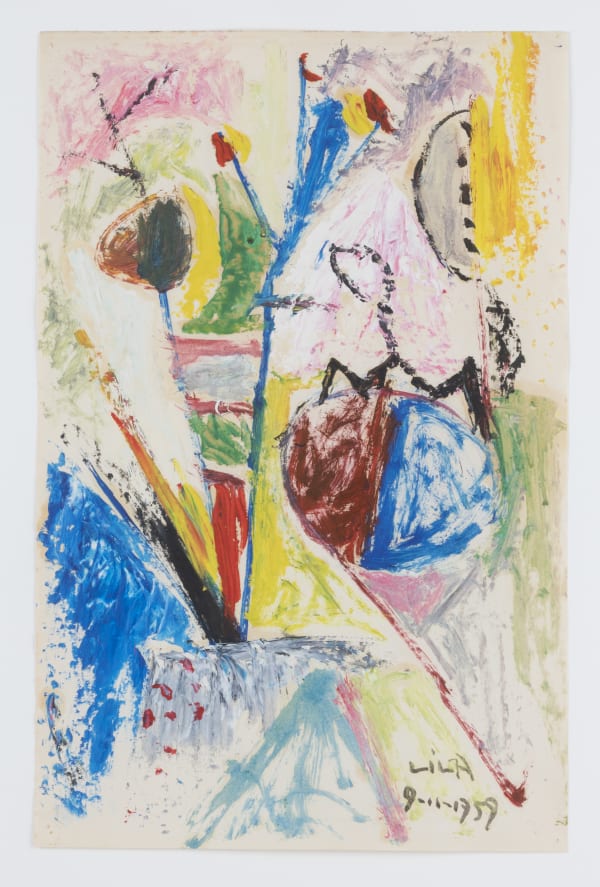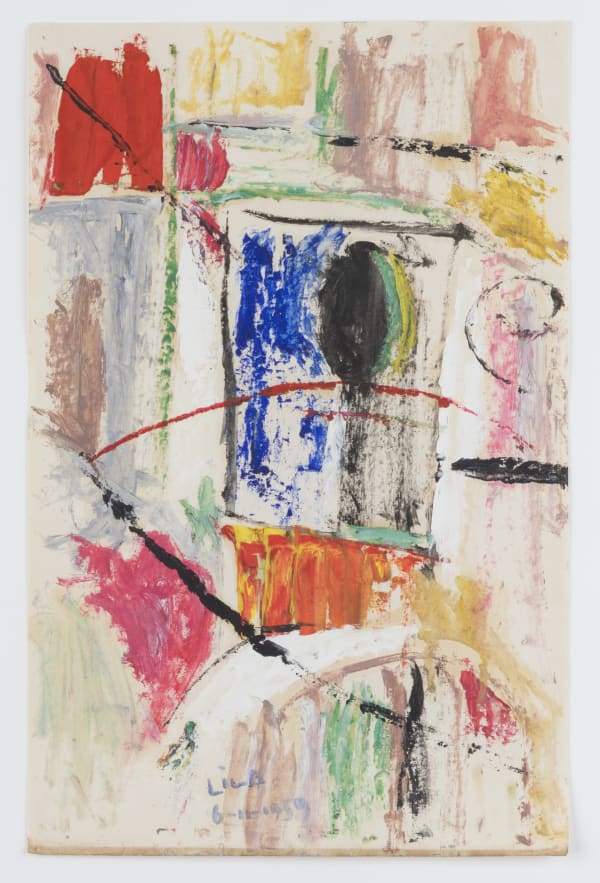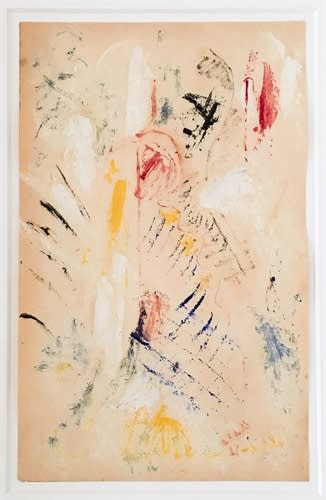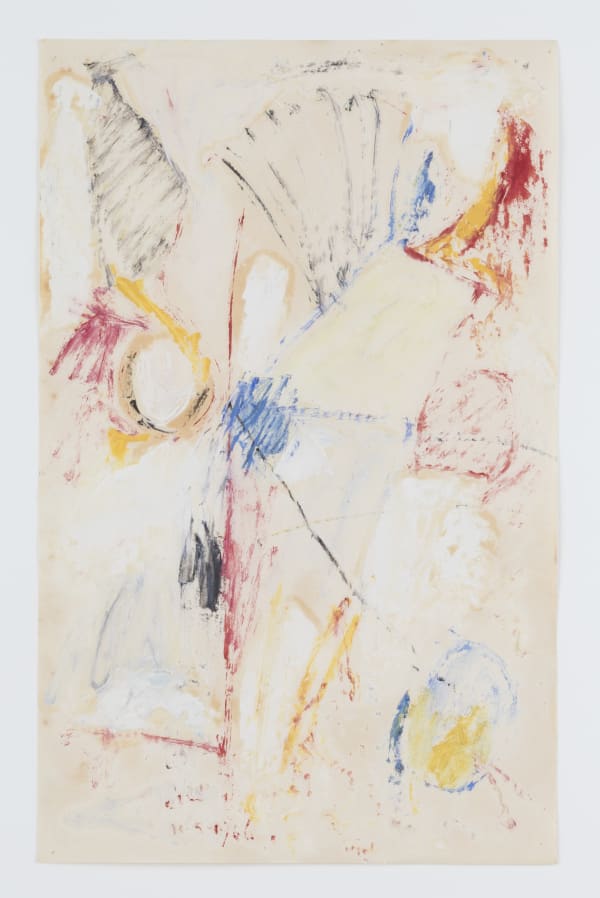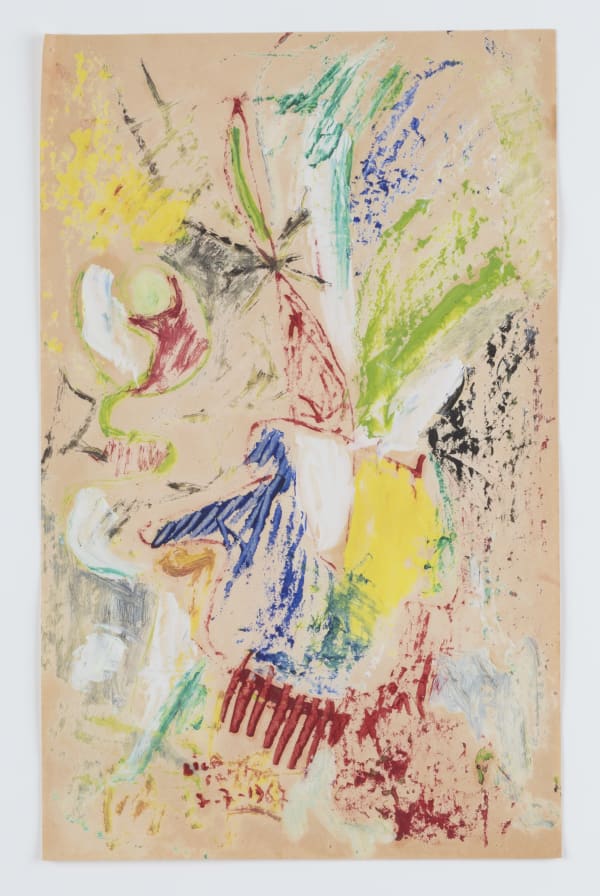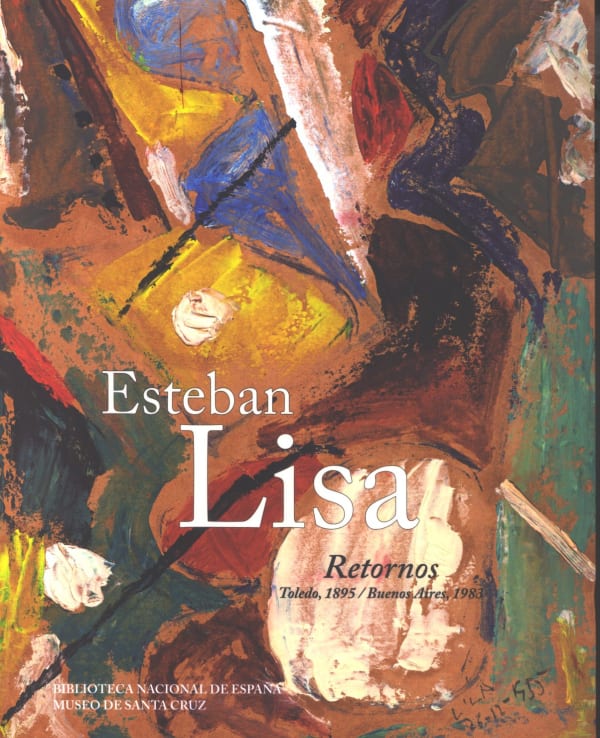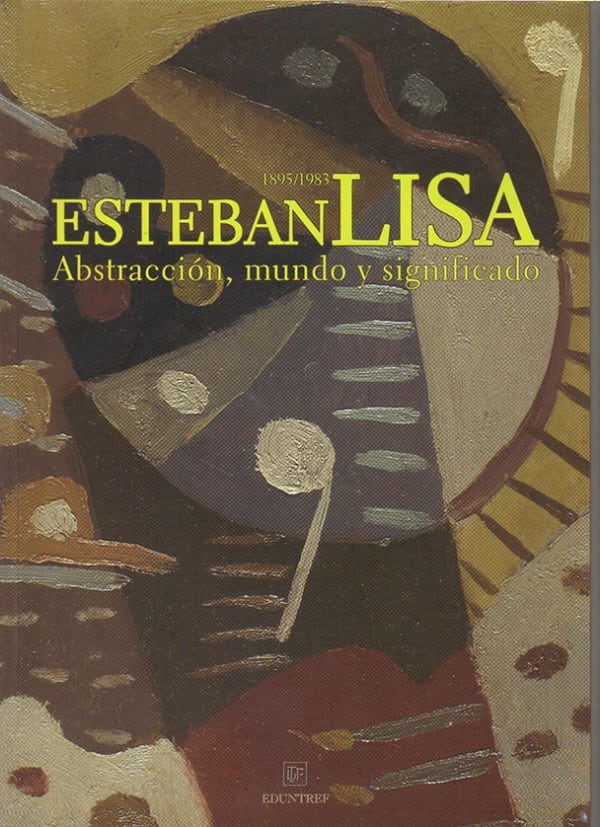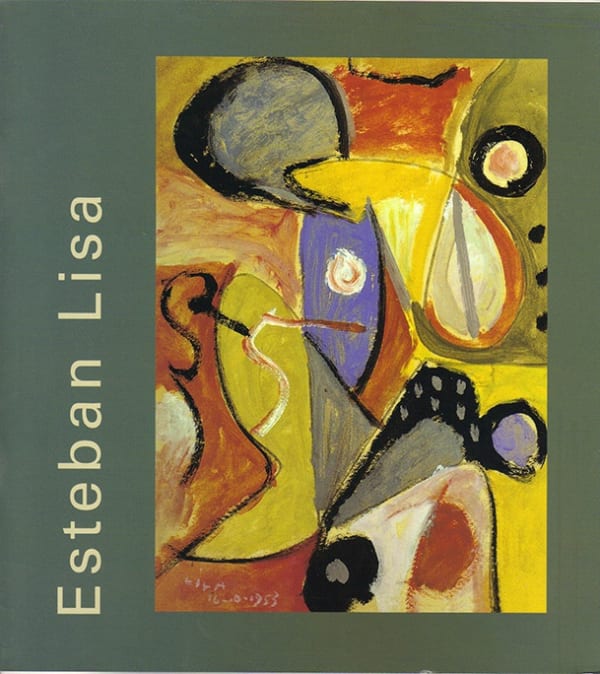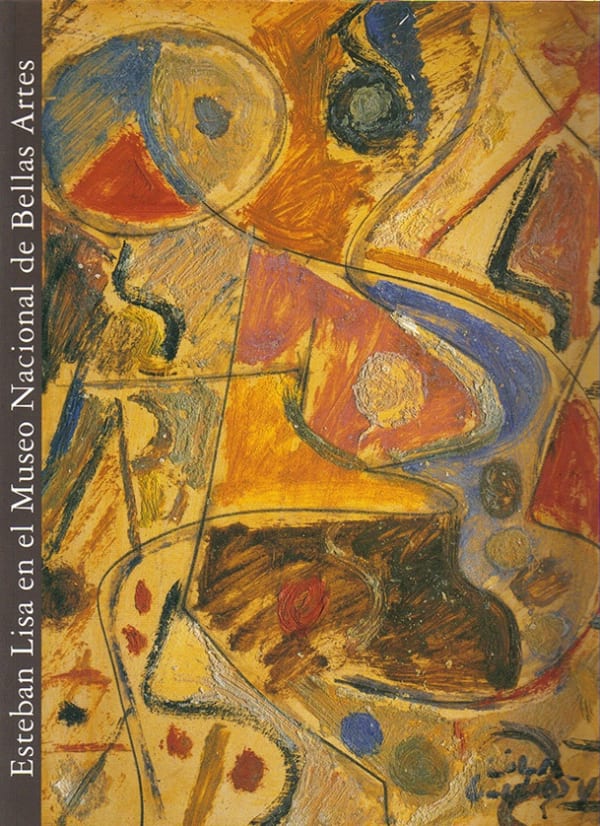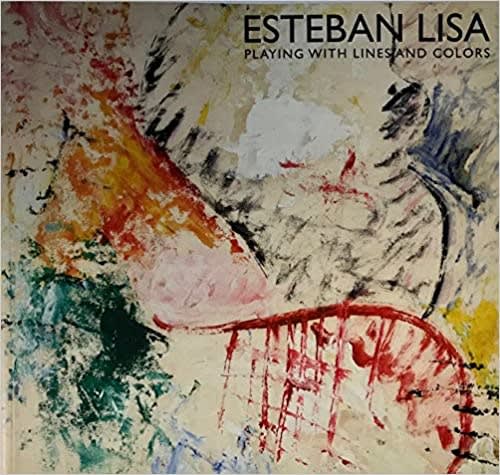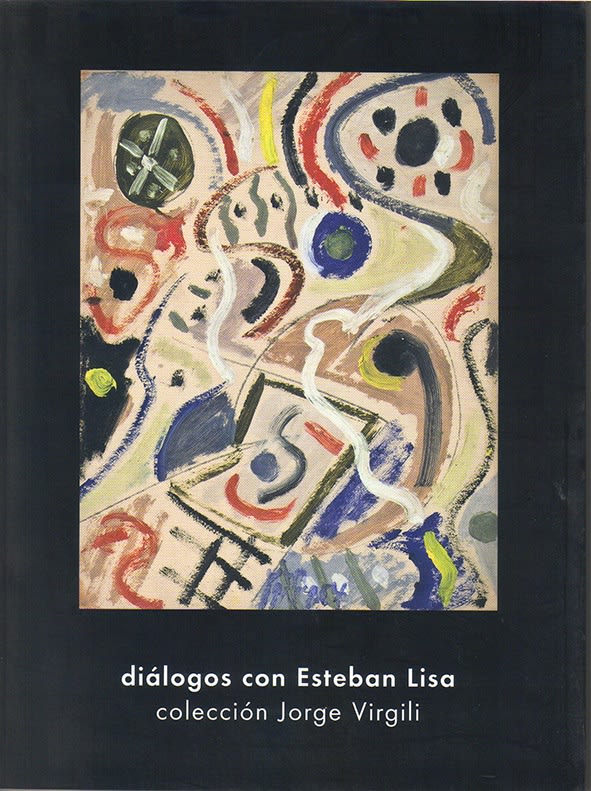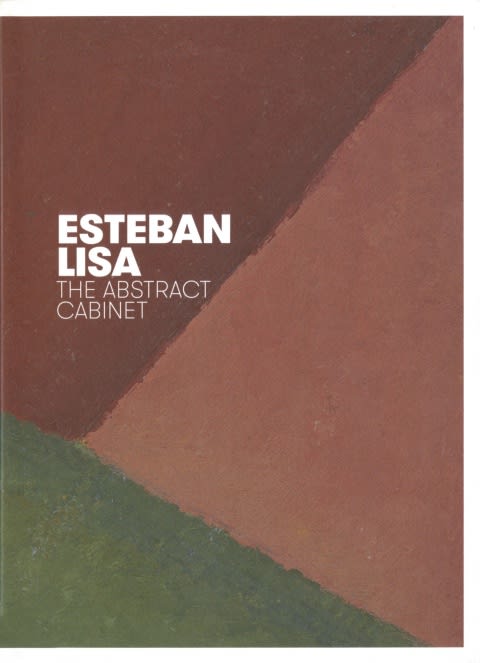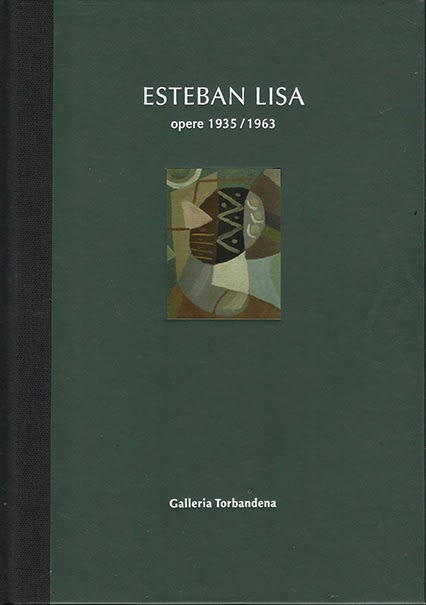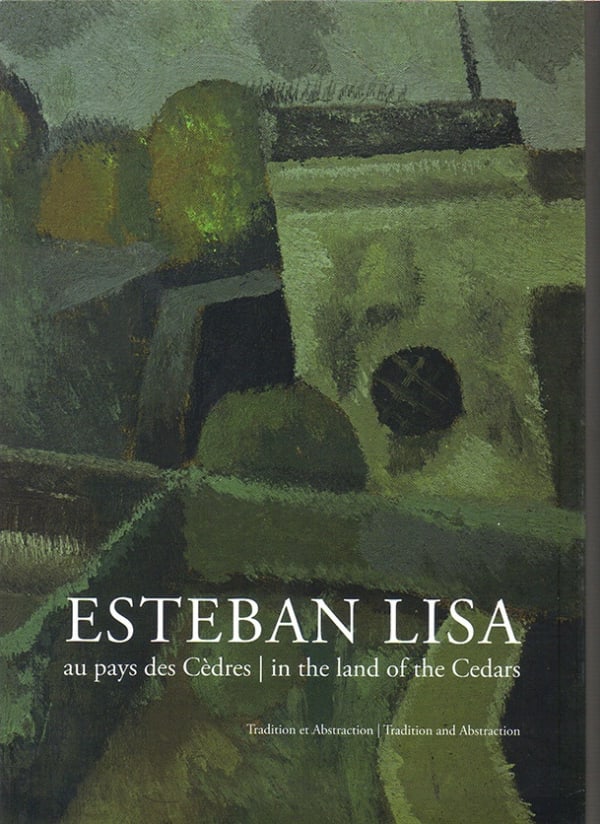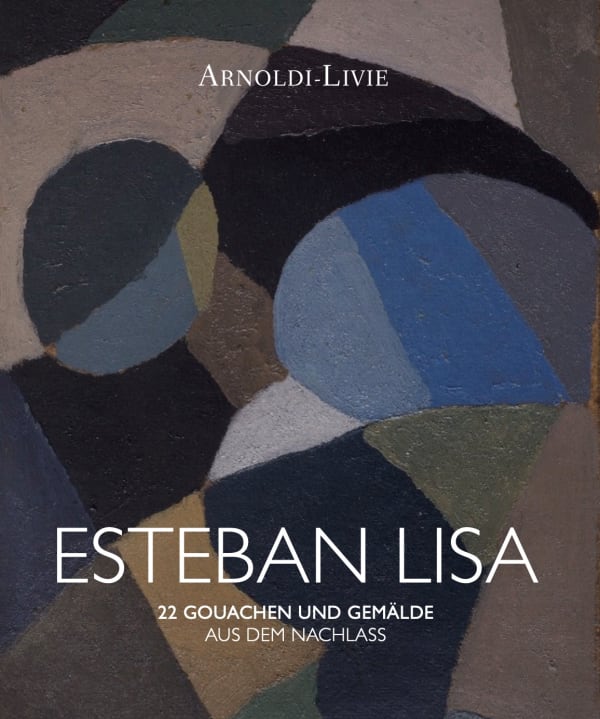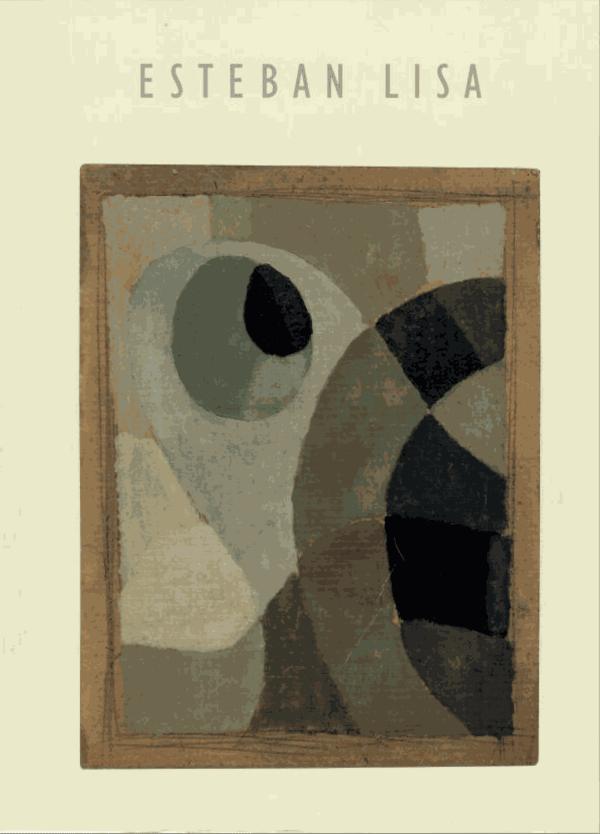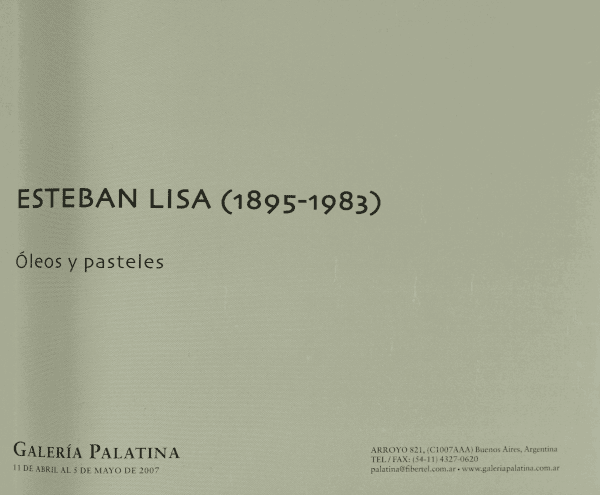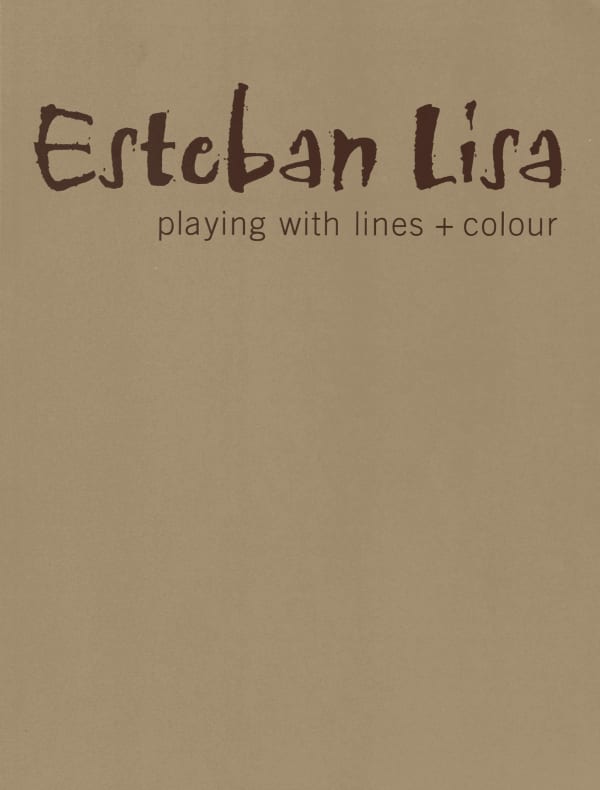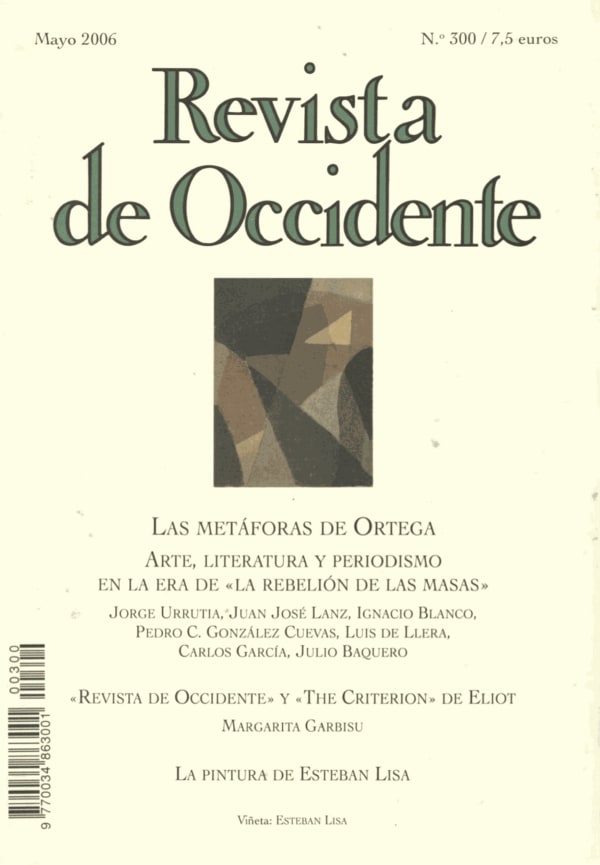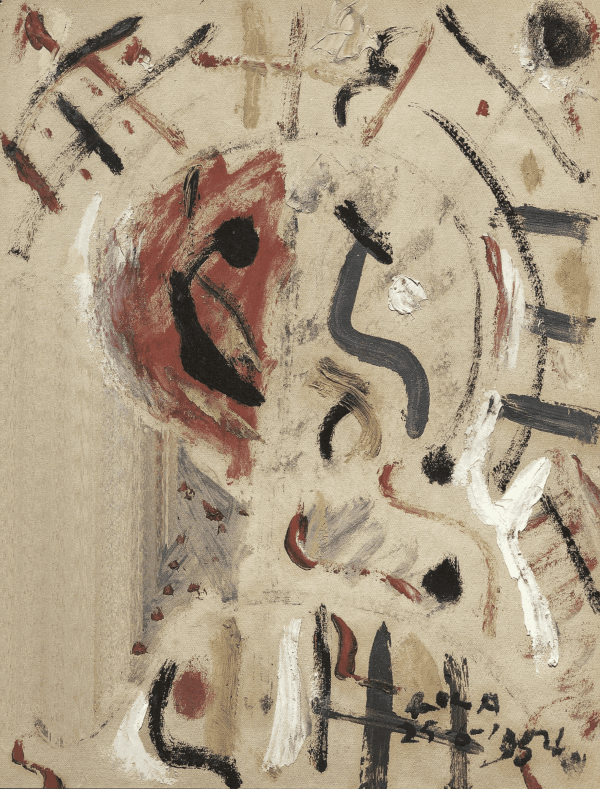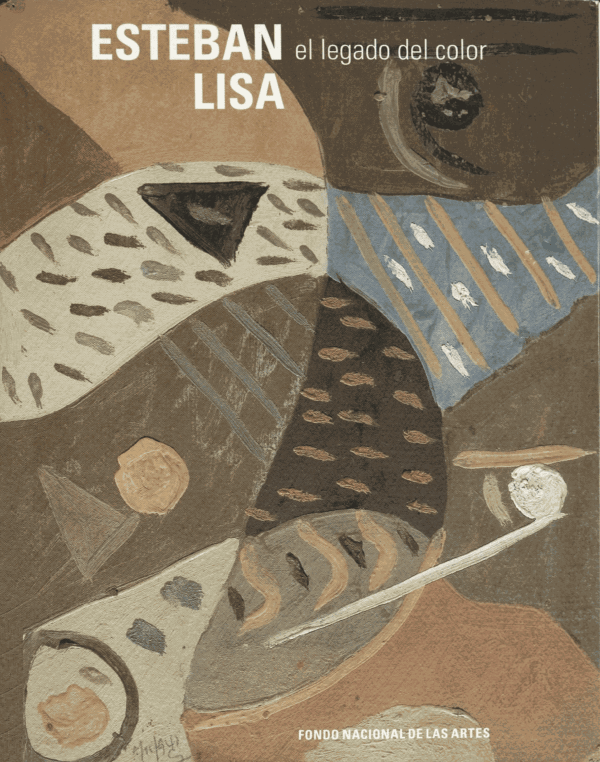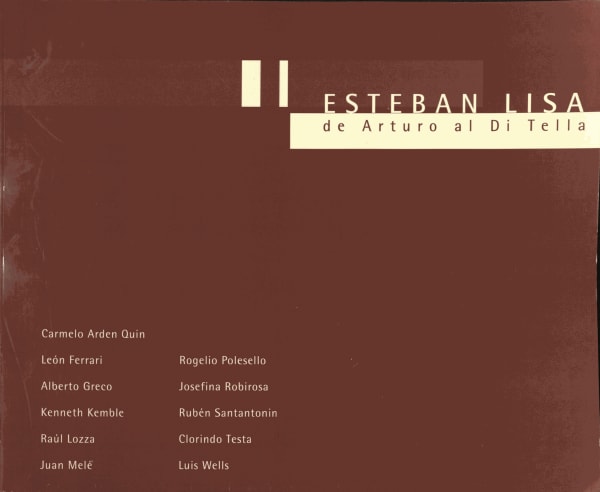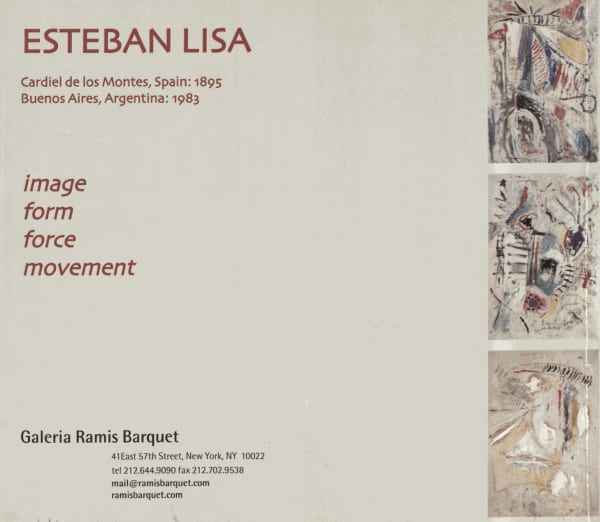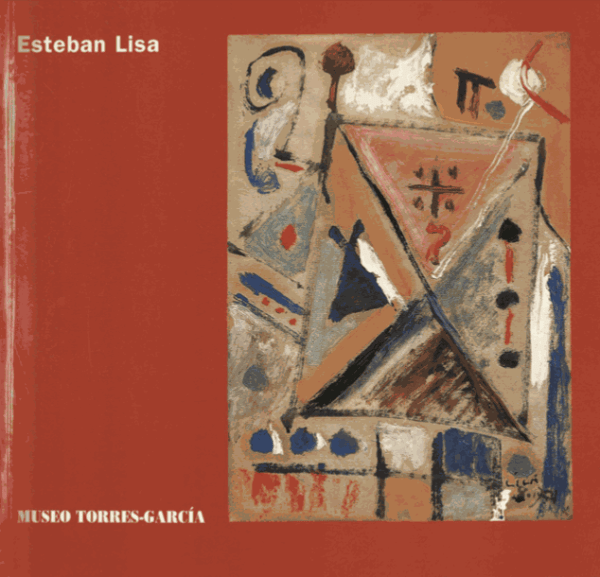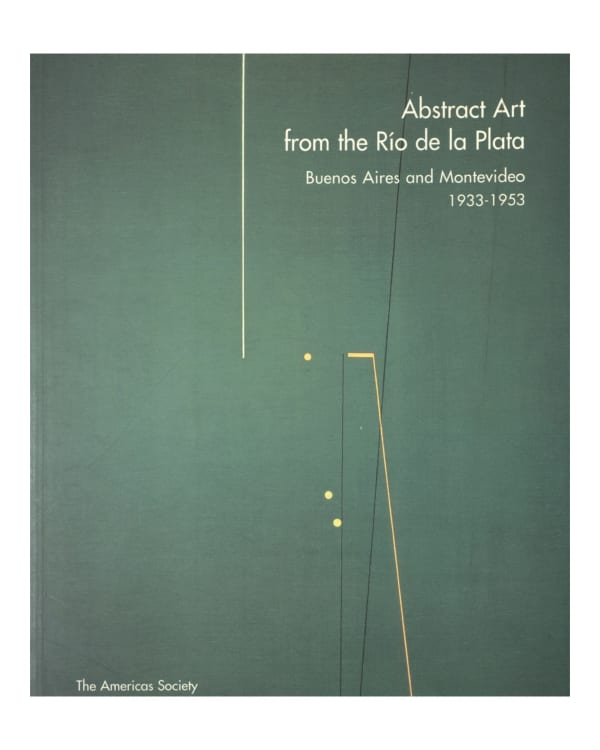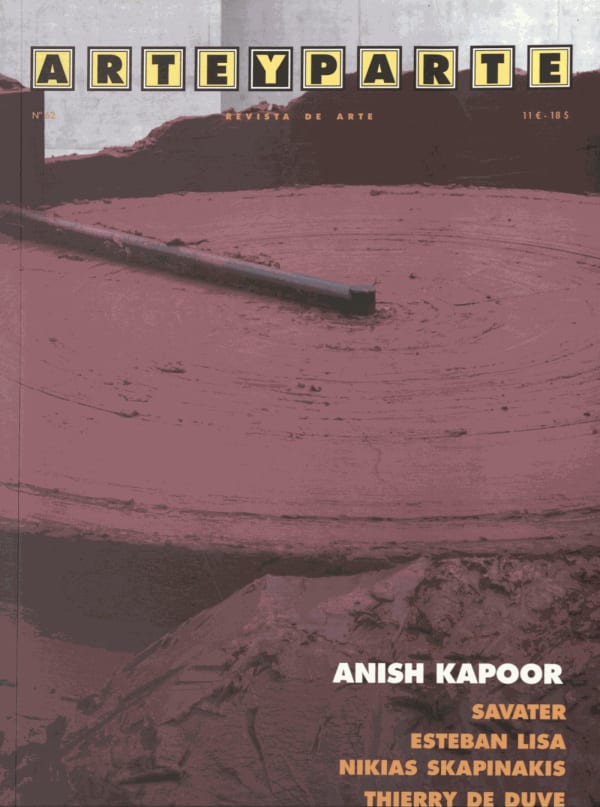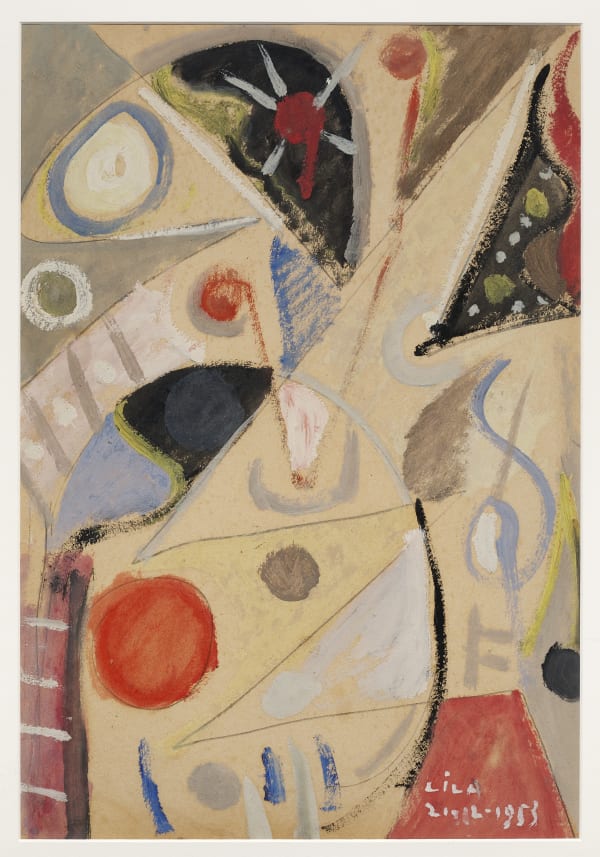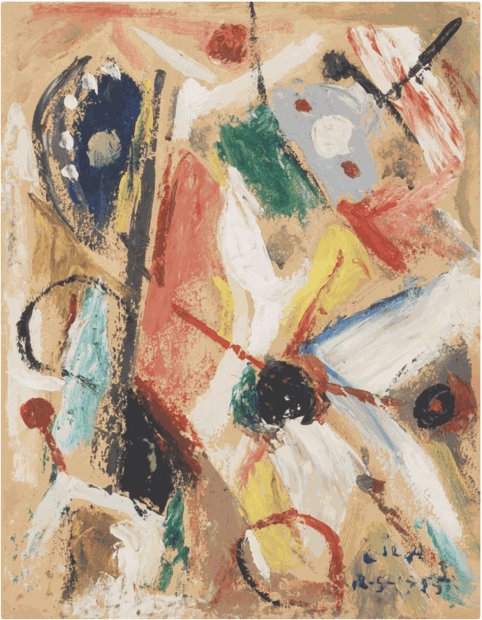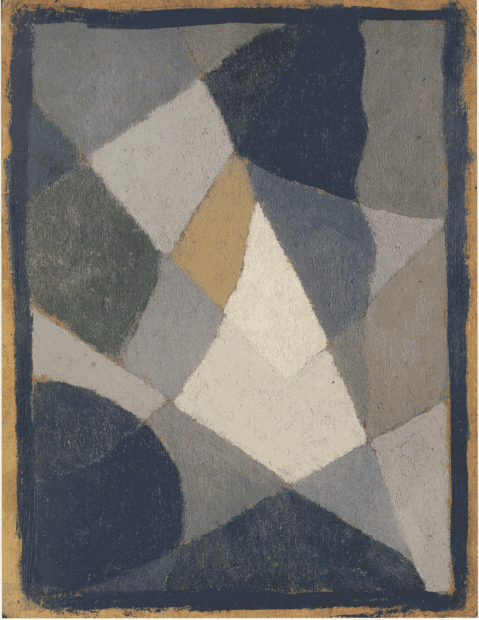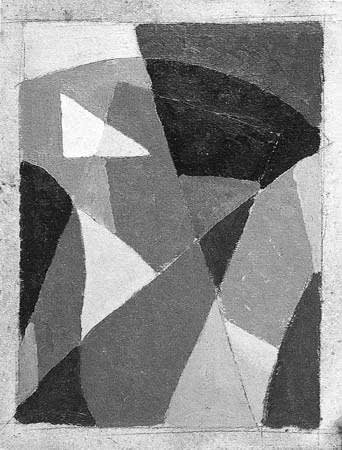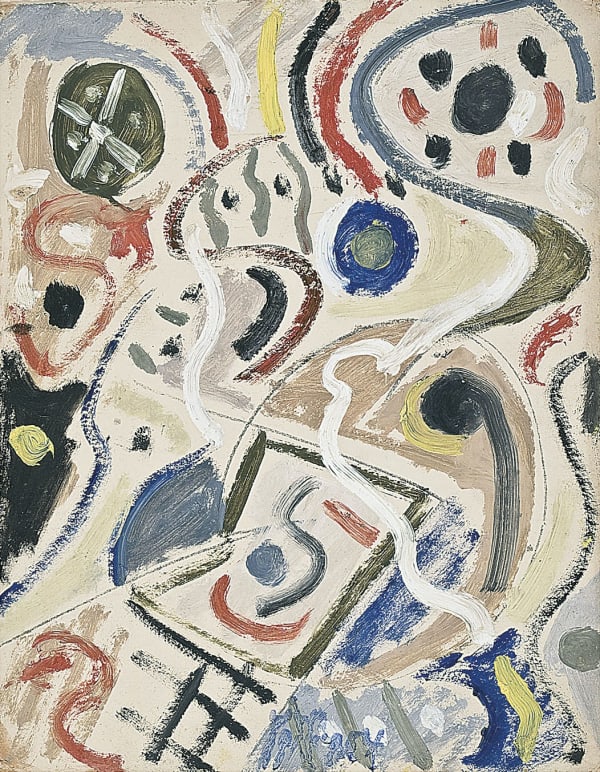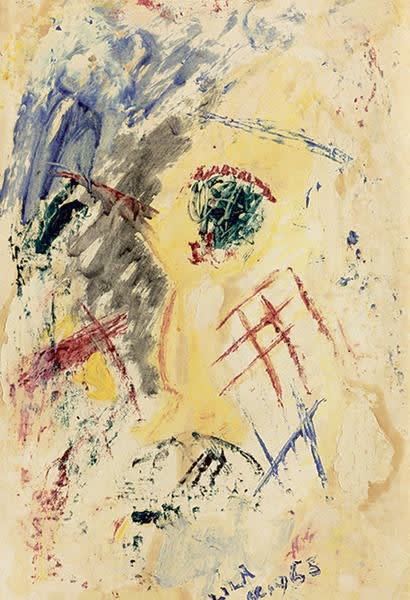-
 Portrait of Esteban Lisa on his visit to Toledo, Spain in 1980
Portrait of Esteban Lisa on his visit to Toledo, Spain in 1980Portrait of Esteban Lisa on his visit to Toledo, Spain in 1980
Download Artist's Exhibitions, Bibliographies, and Writings | Download Artist's CV
"The content of man's life depends on his awarenes of his life. His natural faculties are governed first by his sensibility and later by his intelligence. Man's sensory condition is the earliest manifestation of his being: first he feels, then he reasons. Through aesthetic education, man takes part in the aesthetic universe. His intellectual ability is generally shaped by his sensory categories. The emotional content and intensity of his life is linked to his sensory categories. Aesthetic education gives man a religious state that informs his behavior and enables him to contemplate nature's many wonderful aesthetic creations" [1]
[1] Lisa, Esteban, Kant, Einstein Y Picasso: La Filosofia Y “Las Cuatro Dimensiones” En La Ciencia Estética Moderna, Talleres Gráficos Vicente Rottondi (Buenos Aires, Argentina, 1956), 45
-

Esteban Lisa
-

Esteban Lisa and his students of the drawing class at the Escuela de Adultos of Calle Serrano 900, in 1952
-

Esteban Lisa and Josefina Pierini wedding photo, 1938. Pierini earned her doctorate in 1928 and worked as a professor of Philosophy and Literature for over thirty years
-
Esteban Lisa Before Abstraction
Artworks prior to 1935 -
Periods of Esteban Lisa's Artistic Practice
In the mid 1930s, Lisa's compositions transitioned from figurative and urban motifs to cylinders, spheres, and other geometric shapes that would allow him to experiment with abstraction throughout the following decades.
-

Lisa with his dog Lila
-
Composiciónes
In the 1940s, Esteban Lisa worked on a series of oil paintings on cardboard each titled Composición (Composition). The warm toned compositions included ovals, circles, triangles, repeated dots, dashes and lines and other geometric shapes. His previous interest in volume is less apparent in this decade.
-

Esteban Lisa (center) and Isaac Zylberberg (far left) at an exhibition opening, La Escuela De Arte Moderno De Las Cuatro Dimensiones, 1955
-
-

Detail of the main wall displaying reproductions of modern works in the main room at the Escuela de Arte Moderno in Buenos Aires. Portraits of Immanuel Kant, Albert Einstein and Pablo Picasso are included. Their works were influential to the foundation of the school which was founded by Lisa on July 27th, 1955.
-
!["[Lisa] pursued studies in science and philosophy, and remained devoted to his mystical meaning of life...As an avid reader and collector of books, Lisa assemebled a private library consisting of more than 750 volumes on literature, philosophy, art, and aesthetics, which are currently perserved in the Esteban Lisa Foundation in Buenos Aires." [1] ˆ[1] Esteban Lisa: Toledo 1895 - Buenos Aires 1983, Parkerson Gallery, 2002. 31.](data:image/gif;base64,R0lGODlhAQABAIAAAAAAAP///yH5BAEAAAAALAAAAAABAAEAAAIBRAA7)
"[Lisa] pursued studies in science and philosophy, and remained devoted to his mystical meaning of life...As an avid reader and collector of books, Lisa assemebled a private library consisting of more than 750 volumes on literature, philosophy, art, and aesthetics, which are currently perserved in the Esteban Lisa Foundation in Buenos Aires." [1]
ˆ[1] Esteban Lisa: Toledo 1895 - Buenos Aires 1983, Parkerson Gallery, 2002. 31.
-

Main room displaying modern works at the Escuela de Arte Moderno in Buenos Aires.
-
-

Front cover of the essay Kant, Einstein, and Picasso published by Esteban Lisa in 1956
-

-
Self-Published texts
-

La teoria de la cosmovision y el cosmonauta (conferencia)
El vuelo cosmico del teniente coronel John H. Glenn Buenos Aires, c. 1960 Read Full Text Here (Spanish) -

La teoría de la cosmovision, la coquista de la luna ya a ubicación del hombre en la era espacial
Los enigmas del universo y del hombre (2nd edititon); Instituto de investiagaciones de la teoria de la cosmovision Buenos Aires, 1971 Read Full Text Here (Spanish) -

La Teoría de la cosmovisión una ciencia nueve del siglo XX para una nueva visión del mundo
la armonia preestablecida en el universo y en el hombre; Instituto de investigaciones de la teoria de la cosmovision Buenos Aires, 1974 Read full text here (Spanish) -

Kant, Einstein Y Picasso
Escuela de Arte Moderno de Buenos Aires, "Las Quatros Dimensiones" 1956Read a shortened version of Lisa's essay Kant, Einstein Y Picasso featured in Esteban Lisa: The Abstract Cabinet by Fundación de Juan March here.
-
-
 Lisa visiting El Escorial, Spain
Lisa visiting El Escorial, SpainLisa visiting El Escorial, Spain
-
Actos Espaciales (Spatial Acts)
Between 1954 and 1957, Esteban Lisa produced his series Actos Espaciales (Spatial Acts), which connected his artistic practice with his interest in the Space Race and the Moon Landing. These two technological events made global news simultaneously, and influenced the artistic production of many artists worldwide. Lisa’s Actos Espaciales are a contained series of pastels on paper. Lisa drew an intuitive line in black or red pastel that defined and organized each work. Within the drawn frame he included vertical lines and geometric shapes using a limited color palette of green, red, yellow, and purple. The Space Race and the Moon Landing events led Lisa to organize conferences such as: La Teoría de la Cosmovisión, La Conquista de la Luna y la Ubicación del Hombre en la Era Espacial (The Theory of Cosmovison, The Conquest of the Moon and the Place of Men in the Space Era), and La Teoría de la Cosmovisión y el Vuelo de la Apolo 13 (The Theory of Cosmovision and the flight of Apollo 13), both published in 1971.
-
Actos Espaciales
1953 - 1956-
 Esteban LisaActo Espacial, 1953Pastel on paper11 3/8 x 9 1/8 in
Esteban LisaActo Espacial, 1953Pastel on paper11 3/8 x 9 1/8 in
29 x 23 cm
-
 Esteban LisaActo Espacial, 1954Pastel on paper11 7/8 x 9 1/8 in
Esteban LisaActo Espacial, 1954Pastel on paper11 7/8 x 9 1/8 in
30 x 23 cm -
 Esteban LisaActo Espacial, 1955Pastel on paper11 1/4 x 9 1/8 in
Esteban LisaActo Espacial, 1955Pastel on paper11 1/4 x 9 1/8 in
28.4 x 23 cm -
 Esteban LisaActo Espacial, 1956Pastel on paper11 1/2 x 9 1/8 in
Esteban LisaActo Espacial, 1956Pastel on paper11 1/2 x 9 1/8 in
29.2 x 23 cm
-
-
Juego con líneas y colores
Lisa's final series, Juegos con líneas y colores (Playing with Lines and Colors), was created between the 1950s and '70s and marked a departure from his use of oil on cardboard to oil on paper. These works are representative of a meditative process, as they were created in a ritualistic manner that lasted approximately twenty years. As art historian Julia P. Herzberg writes, "Lisa painted approximately one work in a similarly small size every day, achieving a remarkable internal consistency that registers an ongoing development from one work to the other. Lisa's transcendental views of a comsovision were expressed with oil on paper in a lyrical abstract style." [1]
[1] Julia P. Herzberg, "Esteban Lisa: In Search of the Transcendent," in ESTEBAN LISA: Retornos, Toledo, 1895 - Buenos Aires 1983. Biblioteca Nacional de España, 12 September till 3 November 2013. Museo de Santa Cruz, Toledo, December 2013 till June 2014. 278.
-
“The development from the figurative landscapes of the early ‘30s to the ‘abstracted’ geometries of the mid ‘30s and on to the ‘pure’ abstract compositions of the early ‘40s suddenly leapt in the early ‘50s to a dynamic opening up of the pictorial space. Cardboard was replaced as a support by paper whose buff coloured surface was allowed to show through the playful calligraphy, becoming an integral part of the composition. The touch was lighter, but more assured, the handling of the paint looser, the tight, solid geometry of the earlier work exploding into an exuberant celebration of a pictorial world whose lines Lisa not only ‘took for a walk’ – as Klee had suggested – but which he chased around his small rectangular universe with a playful assurance, evoking an ecstatic dynamism borne of the joy of an artistic expression free of the constraints of a commercial imperative – Lisa never sold or exhibited his work during his lifetime.” [1]
[1] Dyer, Richard, Esteban Lisa: “Playing with lines + colour,” Blains Fine Art, 2001.
-
Juego con líneas y colores
1959 - 1967-
 Esteban LisaJuegos con líneas y colores, 1959Oil on paper13 3/8 x 8 5/8 in
Esteban LisaJuegos con líneas y colores, 1959Oil on paper13 3/8 x 8 5/8 in
34 x 22 cm -
 Esteban LisaJuego con líneas y colores, 1959Oil on paper13 3/8 x 8 5/8 in
Esteban LisaJuego con líneas y colores, 1959Oil on paper13 3/8 x 8 5/8 in
34 x 22 cm -
 Esteban LisaJuego de lineas y colores, 1965Oil on paper13 5/8 x 8 1/2 in
Esteban LisaJuego de lineas y colores, 1965Oil on paper13 5/8 x 8 1/2 in
34.5 x 21.5 cm -
 Esteban LisaJuego con líneas y colores, 1966Oil on paper13 3/8 x 8 5/8 in
Esteban LisaJuego con líneas y colores, 1966Oil on paper13 3/8 x 8 5/8 in
34 x 22 cm
-
-
Publications
-

Esteban Lisa: Retornos, Toledo, 1985/Buenos Aires, 1983
Biblioteca Nacional de España | Museo de Santa Cruz 2013Catálogo publicado con motivo de la exposición “Esteban Lisa: Retornos, Toledo 1895 – Buenos Aires 1983”, que trata de contribuir al conocimiento y la divulgación de la obra del pintor,...Read Artur Ramon's essay "El Greco and Lisa" -

ESTEBAN LISA: ABSTRACCIÓN, MUNDO Y SIGNIFICADO
Museo de la Universidad Nacional de Tres Febrero, Buenos Aries, Argentina 2009Si bien Lisa no participó formalmente de ninguno de los movimientos de vanguardia, puede ser considerado entre los iniciadores de la abstracción en la Argentina. En su obra pictórica, de... -

ESTEBAN LISA: TOLEDO 1895-BUENOS AIRES 1983 PAINTINGS
Parkerson Gallery 2002 -

ESTEBAN LISA EN EL MUSEO NACIONAL DE BELLAS ARTES
Museo Nacional de Bellas Artes, Buenos Aires, Argentina 1999 -

Esteban Lisa: Playing with Lines and Color
Museum of Latin American Art, Los Angelos, CA 2012 -

ESTEBAN LISA: DIÁLOGOS CON ESTEBAN LISA: COLECCIÓN JORGE VIRGILI
ArtNexus 2008 -

ESTEBAN LISA: THE ABSTRACT CABINET: FUNDACIÓN JUAN MARCH
Fundación Juan March, Madrid, Spain 2017As its title suggests, this is a small, room-sized exhibition that deliberately focuses on a limited number of carefully-selected works. Accompanied by an equally-concise catalogue, it has been conceived in... -

Esteban Lisa: Opere 1935/1963
Galleria Torbandena 2011 -

ESTEBAN LISA AU PAYS DES CEDRES | IN THE LAND OF THE CEDARS
Fondation Audi, Beirut, Lebanon 2009 -

Esteban Lisa: 22 GOUACHEN UND GEMÄLDE AUS DEM NACHLASS
Arnoldi-Livie Gallery, Munich, Germany 2010 -

Esteban Lisa
Hirschl & Adler Galleries, New York, New York 2000Including an essay by Barbara J. Bloemink, Ph.D
-

Kant, Einstein Y Picasso
Esteban Lisa 1956Read the essay featured in Esteban Lisa: The Abstract Cabinet by Fundación de Juan March here. -

Óleos Y Pasteles
Galería Palatina 2007 -

Esteban Lisa: Playing with Lines + Color
Blains Fine Art 2002 -

La Pintura de Esteban Lisa
Revisita de Occidente 2006 -

Esteban Lisa: Toledo 1985- Buenos Aires 1983
Museo Provincial de Bellas Artes, Córdoba; Museo Provincial de Bellas Artes, Santa Fe; Fundación Esteban Lisa 1999 -

El Legado del Color
Fondo Nacional de las Artes, Buenos Aires, Argentina 2006 -

Esteban Lisa de Arturo al di Tella
Ruth Benzacar Galeria de Arte, Buenos Aires, Argentina -

Esteban Lisa: Image, Form, Force, Movement
Galeria Ramis Barquet 2007With essay 'Esteban Lisa: A View from Abroad' by Edward J. Sullivan, Ph.D, New York University, Insititute of Fine ArtsRead Dr. Edward Sullivan's essay here -

Esteban Lisa
Museo Torres-García, Uruguay 1998 -

Abstract Art from the Río de la Plata: Buenos Aires and Montevideo 1933-1953
The Americas Society 2001With essay 'Abstract Art Between Images and Words: Vision adn Division in a Single Gaze' by Lisa Block de Behar, Ph.DRead essay written by Lisa Block de Behar -

Retrato del Venerable Artistsa Plurdimensional. Apuntes Y Variaciones Sobre Un Programa de Esteban Lisa
Arte y Parte, no. 62 -

ON THE INTERRELATIONSHIP BETWEEN MUSIC AND VISUAL ART IN THE TWENTIETH AND TWENTY-FIRST CENTURIES: A POSSIBLE TYPOLOGY DERIVED FROM CASES ORIGINATED IN ARGENTINEAN ARTISTIC FIELD
Cintia Cristia, INSTITUTO SUPERIOR DE MÚSICA, UNIVERSIDAD NACIONAL DEL LITORAL, SANTA FE, ARGENTINA 2012Read More
-
-

Composición (Juego con líneas y colores,) May 18, 1955, oil on paper, 29 x 23 cm
Private collection. Courtesy of the Fundación Esteban Lisa -

Compocisión, c. 1938-40. Private Collection, Madrid
-
Selected Press
-

Review: Hirschl and Adler Galleries
ArtNexus 2001Read hereBy Mary Schneider Enriquez
-

Review: Esteban Lisa at Galerie Ramis Barquet
Art Nexus 2007Read HereBy Alberto Barral
-

My Dialogues with Lisa
ArtNexus 2008Read HereBy Jorge Virgili
-
 Read Here
Read HereJulie P. Herzberg, "Esteban Lisa Biblioteca Nacional de España, Madrid, Museo de Santa Cruz," Arte al día Internacional 44 (Oct.-Nov.-Dec. 2013): 74-77.
-
-
“Between Toledo and Buenos Aires: Radical Modernity and the Mystic Cosmovision of Esteban Lisa (1895-1983)"
By Edward J. SullivanView on VimeoThursday, September 28, 2017 6:30pm
Series: Huber Colloquium
Speaker: Edward Sullivan, Deputy Director, Helen Gould Sheppard Professor in the History of Art, The Institute of Fine Arts and College of Arts and Sciences, NYU
Introduction by Christine Poggi, Judy and Michael Steinhardt Director, The Institute of Fine Arts, NYU
Title: Between Toledo and Buenos Aires: Radical Modernity and the Mystic Cosmovision of Esteban Lisa (1895-1983) -
Esteban Lisa: Retornos, Toledo, 1895 / Buenos Aires, 1983
Biblioteca Nacional de España, Madrid 2013 1895 - 1983View on YouTube -
Esteban Lisa
View on YouTubeCourtesy of the Fundacíon Esteban Lisa
-
Muestra Esteban Lisa, abstracción, mundo y significado
Museo de la Universidad Nacional de Tres de Febrero (MUNTREF)View on YouTubeCurated by Mario H. Gradowczyk, Muestra Esteban Lisa, abstracción, mundo y significado featured 141 works by Esteban Lisa and was on view from August to November 2009
-
Esteban Lisa: Jorge Virgili in conversation with Juan Gabriel Ramírez
Jorge Virgili is one of the most important collectors of artworks by Esteban Lisa. For decades, he has collected and studied the works made by this artist. His collection was presented to the public in 2008 through the exhibition Diálogos con Esteban Lisa at the Fundación Antonio Pérez in Cuenca, Spain. In this conversation, Jorge Virgili will talk about the role of Esteban Lisa in the history of abstraction in Argentina in relation to artists like Joaquin Torres-García and Juan del Prete. At the same time, he will describe some details about Lisa’s artistic practice.View on Preview -
Esteban Lisa: Ariel Zylberberg en conversación con Juan Gabriel Ramirez
Ariel Zylberberg is the current president of the Fundación Esteban Lisa, founded in 1984 by Lisa’s students, Horacio Bestani, Francisco Pelegrini, and Isaac Zylberberg. Through the conversation with Ariel, we will get to know about the teaching method of Esteban Lisa; his role as a fine arts professor at the Escuela de Adultos (School for Adults), and the Escuela de Arte Moderno de las Cuatro Dimensiones (School of Modern Art “the Four Dimensions”); and the connection between the philosophical thinking and his teaching practice. Some of the images on display belong to Lisa's series: Composiciones (Compositions) (1935-40) and Actos Espaciales (Spatial Acts) (1954-57). The conversation is held in Spanish.View on Preview -
Esteban Lisa: Elizabeth Thompson Goizueta in conversation with Juan Gabriel Ramírez
Elizabeth Thompson Goizueta, Ph.D, Adjunct Curator, McMullen Museum of Art, Boston CollegeView on Vimeo
Join our mailing list
* denotes required fields
We will process the personal data you have supplied to communicate with you in accordance with our Privacy Policy. You can unsubscribe or change your preferences at any time by clicking the link in our emails.

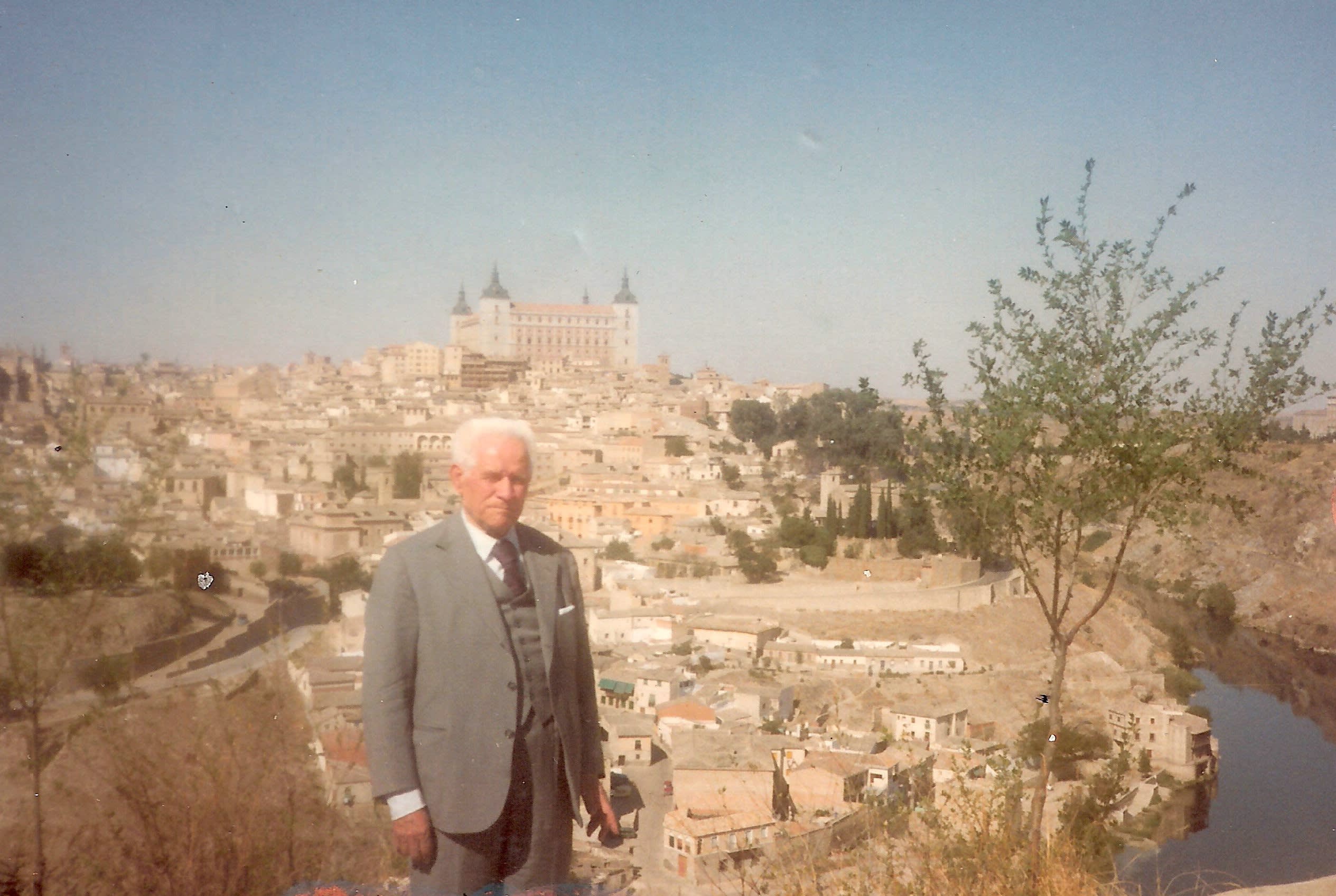
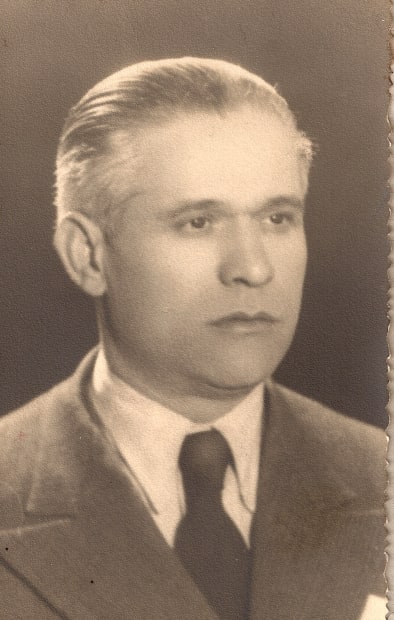
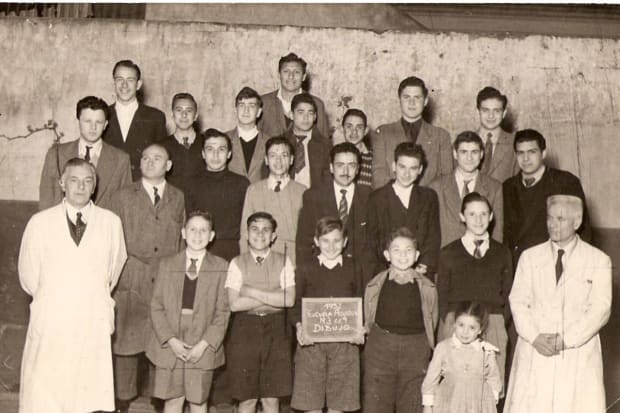
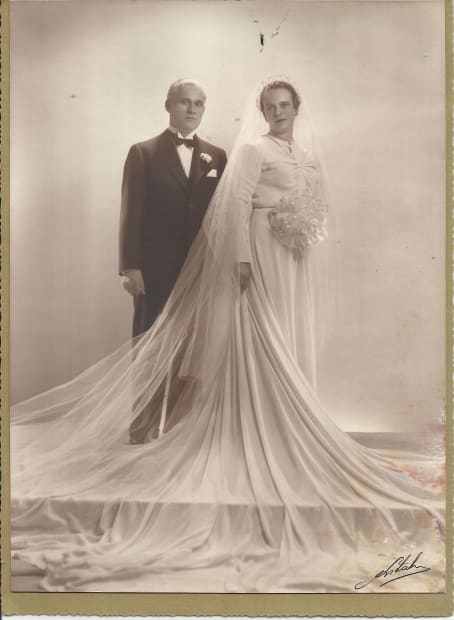
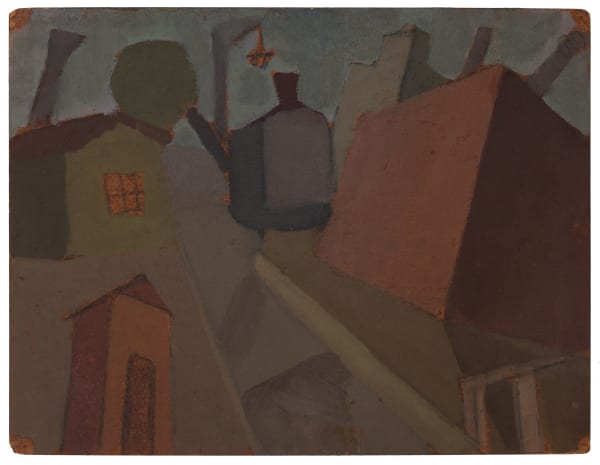


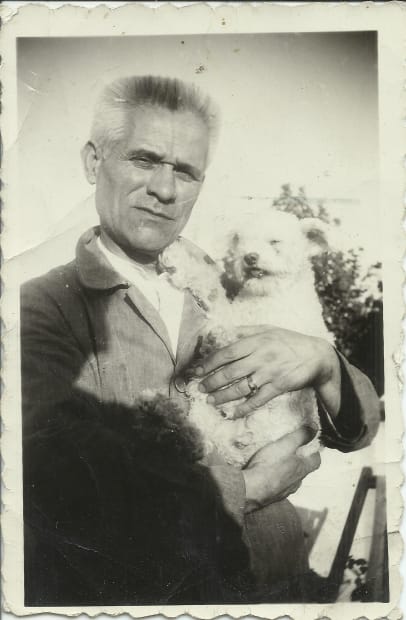
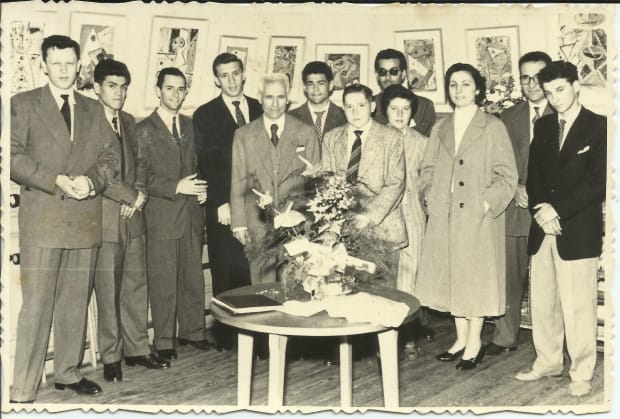
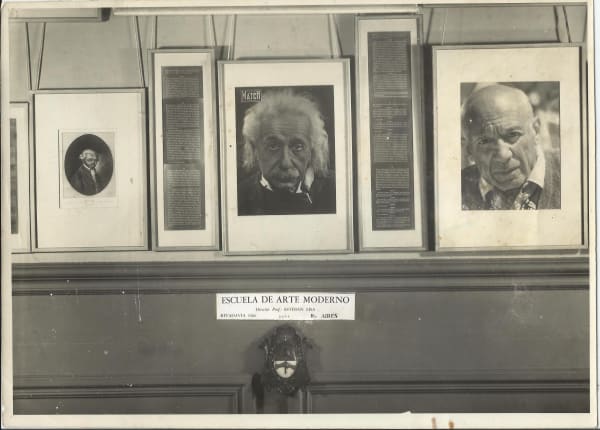
!["[Lisa] pursued studies in science and philosophy, and remained devoted to his mystical meaning of life...As an avid reader and collector of books, Lisa assemebled a private library consisting of more than 750 volumes on literature, philosophy, art, and aesthetics, which are currently perserved in the Esteban Lisa Foundation in Buenos Aires." [1] ˆ[1] Esteban Lisa: Toledo 1895 - Buenos Aires 1983, Parkerson Gallery, 2002. 31.](https://artlogic-res.cloudinary.com/w_600,c_limit,f_auto,fl_lossy,q_auto/ws-hutchinsonmodern/usr/exhibitions/images/feature_panels/434/img-6947.jpg)
